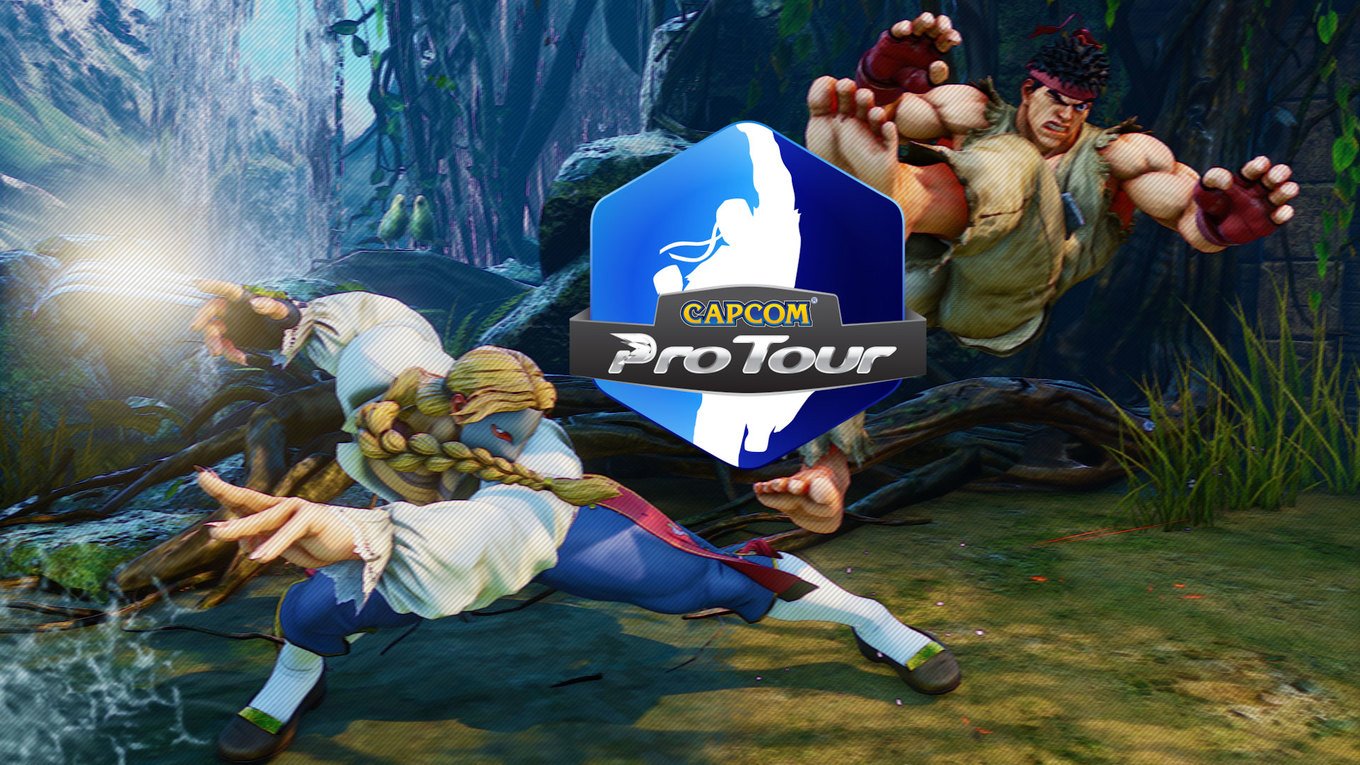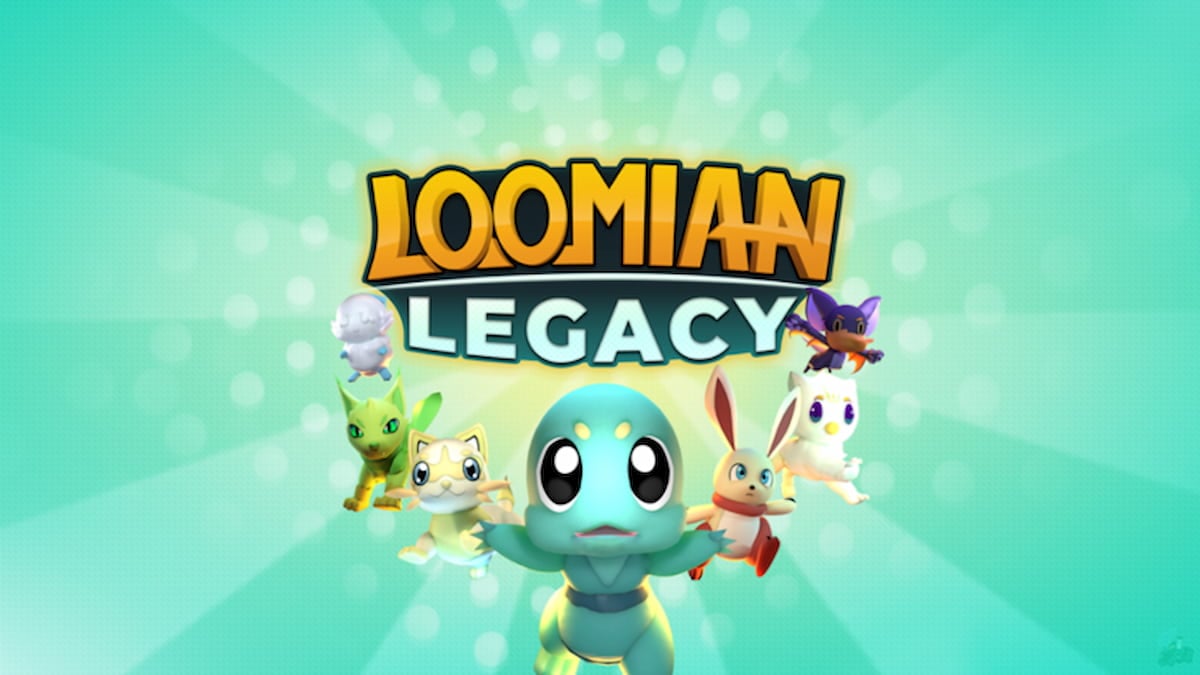
Introduction
Spectators want the best League of Legends. They buy tickets to see the highest level of competition on the international stage, to see their favorite teams rise in the ranks and elevate strategy and skill as we know it.
It’s easy to conclude that more international competition will provide better international competition, but doing so can often cut out more fruitful opportunities for growth. Investing in a regional ecosystem will not only allow more individuals to get involved in competitive gaming, but provide an alternative way of increasing the ceiling on what teams are able to achieve in League of Legends: by encouraging growth at the lowest level of professional play.
Fewer shortcuts early on will give us better League of Legends later. Examining the proposed Battlegrounds system might help us find a better way to meet that ambition.
Introduction by Kelsey Moser
Out with the Old Format
LoLesports recently released an article detailing changes to how amateur teams would qualify for the LCS by removing the Ranked 5v5 Challenger Ladder from the process. For those unfamiliar with the old road to LCS it went something like this:
Step One
Examine the Challenger 5v5 Ladder to determine which teams will compete for the qualifier invitation. The qualifier bracket has limited space with no registration, so there’s a fair amount of detective work to figure out which of those precious spots is actually held by a roster and not just a hodgepodge of bored professional and semi-professional players.
Once the minimum placement is determined to secure an invitation, the League Point (LP) grind begins. There is a reason professional teams don’t have Ranked 5v5 teams on the ladder: it’s not an efficient form of practice. The ladder is used instead of paperwork, and registration is a time consuming binge of queuing and re-queuing with the only goal of LP gain.
There’s also a reason that many Challenger teams will stream their Ladder Grind but not their scrims. The only strategy being executed is victory. There’s no time for laneswaps, vision control, or learning.
As a required step in the process towards becoming a professional team, it’s detrimental that Challenger teams were forced to participate in such a huge time sink, especially since the ladder lock often brings out last minute scrambles. Instead of prepping for the upcoming Qualifier Tournament by refining teamwork or investing in specific counter-strategies, teams played 10 hour shifts that ate scrim and breakdown time. None of these habits were conducive to creating a LCS caliber team.
Step Two
Teams locked into the ladder will then receive an invitation and more paperwork for the Qualifier Tournament. As a reminder, this isn’t the North American Challenger Series (NACS) that qualifies you for the League of Legends Championship Series (LCS), this is a qualifier for a qualifier to the professional league.
Insert acceptable meme here.
These are best of series with brackets released after the ladder lock. The implication is to avoid sandbagging ladder placement to dodge teams and make escaping the Qualifier into the NACS easier. Remember, multiple teams get a chance to enter the LCS through the Promotion Tournament, and although it is easier with auto-promotion to get there by being the best, the second and third place teams also have the opportunity; there is a possibility that a contender for the Promotion Tournament could be denied simply by facing the toughest Challenger team in the qualifier bracket before the NACS even begins.
Theorizing possible bracket makeups happens while grinding the ladder for placement, it’s a mad science.
In the end, four Challenger teams will leave this Qualifier Tournament to join the previous split’s top two NACS teams.
Step Three
Compete in the NACS in an attempt to qualify for the Promotion Tournament against relegated LCS teams.
Six teams total compete in the NACS: a double round-robin league format with a playoff. Winner is auto-promoted and the next two will earn the chance to compete in the Promotion Tournament for the LCS spot against relegated LCS teams.
Auto-promotion is a touchy subject because it could mean that the bottom LCS team is still stronger in a series against the number one Challenger team; however, sleep better at night with the thought that given the opportunity to train and practice in the professional circuit for weeks, the bottom LCS team failed to achieve anything. That caliber of practice can now be given to a Challenger Team that may be able to do more with the opportunity – and after the Split – may be stronger than the original LCS team spot owner.
If not, the team will fall and the cycle will continue.
Step Four
Compete in the Promotion Tournament to qualify for a spot in the next LCS Split.
Step Five
Profit.
In with the New Format
Instead of the Challenger Ladder (Step One), Riot announced that amatuer teams will now use League of Legends Battlegrounds to determine competing teams in the Qualifier Tournament (Step 2). Battleground echos a format eerily similar to the Electronic Sports League (ESL) weekly go4LoL tournaments; which, unsurprisingly, Riot then goes on to announce their partnership with various ESL bodies throughout the European League.
Go4LoL tournaments used to dominate the competitive Challenger Scene in tandem with the ESL Pro Series; which effectively was the NACS before the NACS, but through specified invitation.
It should be noted that the NACS is a massive upgrade in terms of stability, structure, and production next to the ESL Pro Series.
The idea of Battlegrounds is that local, Riot-sanctioned tournaments, will be held to award circuit points and other prizes. These circuit points will be the determining factor in who receives an invitation to the Qualifier Tournament (Step 2).
The specified formats of these tournaments – usually best-of-one with randomly generated brackets – leave much to be desired in terms of competitive integrity to define which team is consistently superior. Likewise, some of these tournaments have upwards of hundreds of teams participating in them; which is arguably just as random as queuing up in Ranked 5v5.
However, with the simple addition of registration and the tournament interface, Battlegrounds at least gives teams the illusion to practice and refine skills like scouting and preparation. Concerns are the literal quote on the battlegrounds.leagueoflegends.com website:
“Rather than focusing on high-level competitive play (such as esports), it [Battlegrounds] is intended for all skill levels as a casual and fun experience. We invite everyone to sign up and participate.”
Battlegrounds is replacing the 5v5 Challenger Ladder as a tool to qualify teams into professional play. There is very little to be gained from Ranked 5v5 in preparation for the NACS, and although this format change addresses some problems of Ladder qualification –abnormally long client queue times and the offer to theoretically practice prep for specific teams – it also introduces a new slew of issues in execution by encompassing the casual playerbase, with an abnormal amount of teams now eligible to participate.
The fact that service is being defined inclusive of everyone and not for “high-level competitive play” when it’s acting as the first step on the road towards high-level competitive play, is an issue. This requires the Challenger teams to slog through casual ranked teams towards qualifying themselves into the Qualification Tournament (Step 2).
Battlegrounds is a nudge in the correct direction towards better preparing amatuer teams for their trials into the LCS, but executed poorly. Adjustments would be separating tournament eligibility by skill level. Currently, the only eligibility restrictions are country (European National League) and age with parental consent. Effectively, this change would create multiple Challenger tournaments.
Dozens of ESL Pro Series.
A recurring issue is the stability of these 3rd party tournaments, as seen in past events like AlphaDraft’s Challenger Series and ESL Pro Series. Multiple teams would disrupt the viewing pleasure and competitive integrity of these tournaments by dropping out or failing to participate once brackets lock. Larger organizations would try to comp back a cost of organizing the tournament through production of a stream for marketing value.
In short, Challenger teams are notoriously unstable as a whole and a nightmare to organize. This dissuades other organizations from stepping forward and offering prize pools or structure for these events; which in turn means less competition available for practice.
The difference between these previous events and what is suggested above is Tournament versus League.
Now, doesn’t that sound familiar?
It’s much easier to get a Challenger roster to be stable for a day or weekend rather than continuous weeks. Now, the counter-argument to this point is that if a roster cannot practice stability over the course of a 3rd party League how can they perform over the weeks of the NACS? The difference is sponsorship and the security and power a spot in the NACS buys players to counteract offline responsibilities like school, parents, and poaching.
The Wildcard: EUCS
Things are about to get even more complicated.
Take all processes in the first section but refine the Battlegrounds eligibility by region or server (Step 1). This step is fine in itself for making competition fair across issues related to ping and location; however it opens up problems when each National League within the Battlegrounds Qualifier are given a seed to compete for a spot in the Qualifier Tournament (Step 2) to determine who will compete in the European Challenger Series (EUCS) (Step 3). More concerning are the countries or regions ignored from the National League eligibility.
Likewise, the idea that National League teams are region locked by country instead of regional representative, heavily crippling the competitive ceiling these teams can reach through sheer thinning of available talent.
In short, Region X, Region Y, and Region Z are all independently running their Battlegrounds events for circuit points to determine who is the best local champion. But what if Region X is inherently stronger than Region Y and Region Z? Effectively, competing spots are being distributed evenly despite the fact that skill-level might not be; which means that much like in the original Qualifiers Tournament (Step 2) where a possible LCS spot contender could be eliminated by an unlucky bracket draw – due to the lack of losers bracket – this format compounds on that issue by eliminating possible contenders just based on available location seeds.
Much like how the WildCard regions act at the League of Legends World Championship, the National League format weights fair exposure to experience and practice versus competitive ceiling. Should be noted, these two elements aren’t mutually exclusive.
On the global scale, this concept is to offer the opportunity for lesser developed regions to get better through the practice and experience gained on the World Stage. The competing teams would then take this experience back to their domestic leagues and help elevate the level of play. In theory, fair exposure to experience and practice should, in the long term, elevate the global competitive ceiling; however the immediate tournament ceiling is directly impacted.
And only in perfect execution. In the past, previous Wildcard teams have returned from Worlds only to disband before any impact or change could be made on the domestic league.
The new European Challenger Series qualifying format offers a unique microcosm of the WildCard Region issue.
Solution? An offline tournament inclusive of the top National League, Europe West, and Europe Nordic East teams. Multiple representatives from every category with seeding dependent – not on region or team category – but circuit points to reward their domestic accomplishments. Simply expand the Qualification Tournament format to compensate for the quantity of teams involved.
And for the love of god, add a losers bracket.
This adjusts so that neither Europe West (EUW) or Europe Nordic East (EUNE) teams will get an easier route into the EUCS based on their location or a weighted bracket. The victors of this redefined Qualification Tournament (Step 2) are then directly promoted to compete in the EUCS.
The drawback of this offline tournament are execution and logistics. Stability and resources needed this early in the amatuer scene will be almost entirely dependent on Riot. The incentive is that this format creates a quasi-International-Wildcard event for the local and national pride that Riot is hoping to foster with the addition of National League Teams. This could also inject more immediate investment by local sponsors into teams because of the added exposure of an offline event.
Make a spectacle of it in the same demand that the collegiate scene experiences.
The Cost of Inflation
More involvement from Riot brings stability and structure – both wanted and not. The initiation of the Battlegrounds interface alongside ESL is the direct embodiment of this idea reaching into the Challenger scene. This involvement helps create opportunity and the ecosystem of the professional gamer.
Without the creation of leagues or the monetary supplements Riot provides to teams, the League of Legends esports scene wouldn’t be anywhere near as stable in offering career trajectory. With stability comes a healthy ecosystem where job creation for analysts, coaches, sports psychologists, players, managers, and everything in-between are attracted to the scene and can foster growth and benefit to the community.
The problems with this inflation is that it can boost organizations into a status they don’t know how to achieve or manage. Consider this: an organization or team that achieves a high status or entrance into professional play, or dominance over the highest level of professional play, naturally will have executed and demonstrated the ability to manage, organize, and develop their assets according to results.
Think longstanding brands like: Counter Logic Gaming, Team SoloMid, Fnatic, Cloud9, Team Liquid, and Team Dignitas to name a few.
Lesser experienced or established organizations and teams are injected with supplements to reach a baseline performance to compete with the above. These teams are given money and power with the bare minimum of effort – a lot of larger organizations not moving on rosters until already qualified into the Challenger Series. In short, these lesser experienced teams are given powerful tools without a proven track-record of execution; which creates structural issues through mismanagement of assets.
There’s a fine balance to supporting the scene to get on its feet and help build structure, but not inflating it to the point that it cannot learn the fundamentals to stand on its own. This section isn’t to suggest that Riot is guilty one way or the other, but to act as an observation to probable issues that could arise should Riot continue to reach down into the competitive scene to foster development.
Protection of the Mediocre
In the end, none of these balancing acts matter to the best team. There’s no need to consider seeding or format balance because the best should simply always win, save for an extreme outlier. And it should be every team’s goal to be the best.
But not everyone can be the best, and majority of the professional player base are not.
Due to the nature of relegation, the need for a precise format to consistently rank performance is just as important on the mid-tier level as the top in the Challenger Series. The entire Promotion/Relegation process is to make the overall League and region healthier – the ecosystem that creates these jobs and attracts and develops more talent.
This attraction and development helps push the top of the ecosystem, the one percent, the best, higher. It creates more tools to elevate the competitive ceiling by providing a larger talent pool and refined practice partners; this is the abstract ebb and flow of the League’s ecosystem.
In theory, this system of developing talent from the bottom (Challenger Series) upwards (LCS) should eventually elevate the competitive ceiling globally alongside a stable infrastructure; which is why the health and security of the mid-tier is a priority as it makes up majority of the competition.
Application to the International Scene
The above sections detail the problems and adjustments made to the Challenger Series qualification processes, the article will now extrapolate the idea of the ecosystem established to explain how the development of talent works in the reverse – from the top down.
The most efficient way to promote growth at the highest competitive ceiling is through international events like the Mid-Season Invitational (MSI) and the World Championship. Not only are those events weeded for only the top teams domestically to attend, but present the unique opportunity to gain experience against the top team globally.
Like the Wildcard slot, the theory is still relatively the same in that these events foster global and domestic improvement through a specific team’s competition experience that will then return to the domestic leagues. Unlike the Wildcard slot, there is a higher probability that these rosters will retain majority of their talent to build upon the experience.
The top team in the ecosystem defines the competitive ceiling and only through their specific growth can that ceiling be raised. The consensus is that the best way to promote competition and growth is by offering more international events like MSI and Worlds.
The downside is finding the space for these international events between the current domestic leagues like the LCS. By shortening the leagues to allow time for these events, security for the mid-tier teams is directly impacted. Only the elite teams are invited in the current format of top international competition, meaning that although more international events will raise the competitive ceiling of the elite, majority of the ecosystem wouldn’t be invited or benefited.
Likewise, the stability that the LCS offers through Riot supplements in tandem with contracts and individual sponsorships could be negatively affected by any adjustments made on the League. Less playtime, exposure, and money for the majority of the competitive scene means less stability to pursue the career of a professional gamer which means less attraction and development of talent across the ecosystem.
This is on the assumption that the leagues will be shortened at all; likewise, on the assumption that the format will remain the same as it is now for the current top international competitors. A simple solution to this idea of only benefiting the top percent of players is by opening the international tournament format to be more inclusive of multiple seeds and regional representatives. The balance there are logistics of execution for larger or more frequent events to the current production and polish of Riot’s audience standards.
But even that opportunity comes at a heavy cost for performance. More international events, due to the global nature and spread of the game, implies more travel to be inclusive of every region. That’s additional cost for competition in formats that typically only pay out on the upper end of the bracket, which again, means that the mediocre pay the price.
Conclusion
The current Challenger landscape offers an isolated perspective on a possible tournament format to develop talent and competition using Battlegrounds circuit. The reach and influence of Riot into the scene means added stability and structure to help support a healthy ecosystem that in turn supports player attraction and development. Developing talent from the amatuer level up, elevates the competitive ceiling alongside a stable infrastructure.
The new Challenger Series qualifier format improves on former mistakes in respects but also opens up other issues concerning the use and separation of the new tournament circuit. It’s important to recognize this system as a step in the right direction but also underline the areas of sacrificed competitive integrity.
Using the Challenger landscape as a microcosm for the larger professional scene, there is a lot to be extrapolated, like the recognized importance of the mid-tier player base. As the largest part of the competitive scene, offering security to mid-tier teams through monetary supplements by leagues and balanced tournament formats for exposure helps promote both the ecosystem of League of Legends esports as well as the competitive ceiling.
Understanding the importance of this balance in respect to the desire and drive for a higher competitive ceiling through international events should help in creating a healthy marriage between international and domestic power.
Like the healthy marriage between the mediocre and the top.





